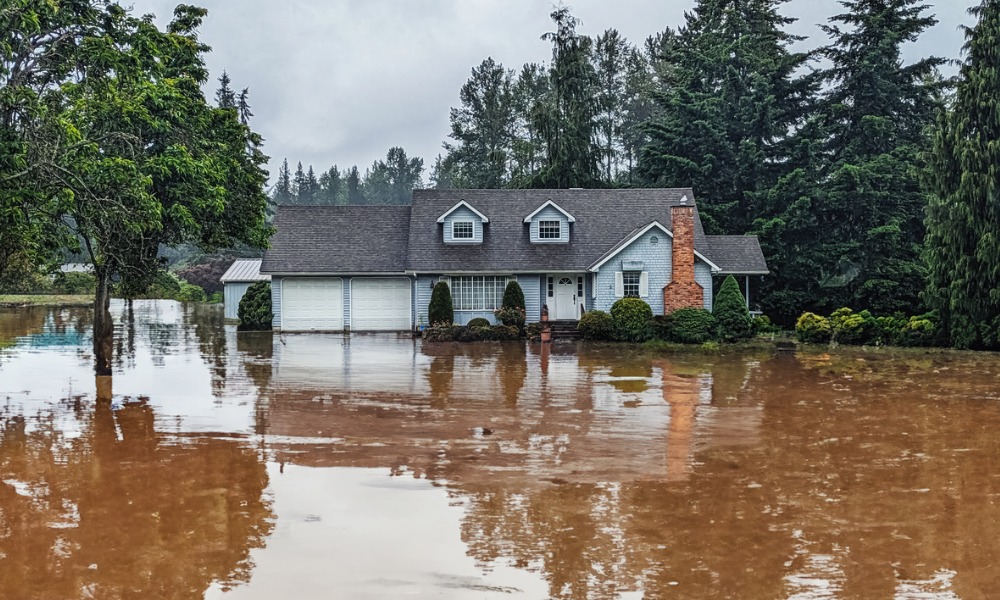Soaring premiums push 1.6 million Aussie households into insurance crisis

Soaring premiums push 1.6 million Aussie households into insurance crisis | Insurance Business Australia
Property
Soaring premiums push 1.6 million Aussie households into insurance crisis
Report highlights regions hardest hit by rising costs and affordability stress
Property
By
Roxanne Libatique
The affordability of home insurance in Australia is increasingly strained, with 1.6 million households now experiencing affordability stress due to rising premiums.
This marks a 30% increase from the previous year, according to a recent report by the Actuaries Institute.
Home insurance affordability in Australia
The “Home Insurance Affordability and Home Loans at Risk Report” revealed that households spend an average of 9.6 weeks of their gross income on home insurance, significantly higher than the national average.
The percentage of households under affordability stress – those paying home insurance premiums that exceed one month’s gross annual income – has risen to 15% by March 2024, up from 12% the previous year.
The report, developed by Finity actuaries, attributed this trend to a 9% increase in median insurance premiums. Properties located in high-risk areas, particularly those prone to floods and cyclones, have seen premium hikes of more than 30%.
Lead author Sharanjit Paddam said insurance remains affordable for the majority. However, he noted the growing number of households struggling with premiums.
“It’s concerning that there’s now 1.6 million households struggling to afford to insure their homes, up from 1.24 million a year ago,” he said.
He expects this issue to persist due to the increasing frequency of natural disasters, driven by climate change.
Regions facing insurance affordability issues
The report highlighted that Southeast Queensland, an area that has experienced significant population growth, has the highest number of households facing severe affordability challenges.
However, regions like southwest Queensland, New South Wales’s Northern Rivers, regional Western Australia, and the Northern Territory have the highest proportions of households under extreme affordability stress, where half of these households pay more than a month’s income on insurance due to high flood and cyclone risks.
Mortgage-holding households face significant insurance affordability stress
The report also examined the broader impact on Australia’s $2.3 trillion home loan market.
About 5% of mortgage-holding households are experiencing significant insurance affordability stress, with their average annual premium reaching $5,216 – more than double the national average of $2,124.
“These 180,000 households with home insurance affordability stress represent about $57 billion worth of home loans. If their home is damaged by a natural disaster and they either don’t have insurance or are underinsured, they could find themselves in a stressful financial situation,” he said.
He said the problem extends beyond the insurance industry and presents risks for lenders, regulators, and governments as climate-related disasters become more frequent.
Actuaries Institute calls for collaborative approach to climate change
In response to these growing challenges, the Actuaries Institute is advocating for a collaborative approach involving governments, insurers, lenders, and investors to explore sustainable finance solutions, such as resilience loans and bonds, to help address the affordability crisis.
“We know as a country we need to manage the risk of the changing climate. Sustainable finance should be part of the solution. It creates a path forward for households, investors, insurers, and lenders and allows government to focus on households in most need and community-level measures,” said Actuaries Institute CEO Elayne Grace.
Climate change poses challenges and opportunities for insurers
In a previous statement, Paddam, who will speak at the Australian Insurance Law Association’s (AILA) 2024 conference in September, pointed out that climate change creates both risks and opportunities for the insurance industry. While it drives up home insurance costs, the shift towards decarbonisation introduces new assets requiring coverage, presenting potential growth areas for insurers.
Australian insurers have paid out an average of $2.1 billion annually over the past 30 years due to extreme weather events, but this figure has more than doubled to $4.5 billion annually in the last five years, driven largely by the increased costs of flood events.
During the 2023-24 period, insurers dealt with $2.19 billion in claims related to extreme weather, consistent with the previous year, though the number of claims surged to nearly 157,000. The most expensive event of the period was the Christmas storms affecting the Gold Coast, NSW, and Victoria, resulting in $1.33 billion in claims.
Related Stories
Keep up with the latest news and events
Join our mailing list, it’s free!






